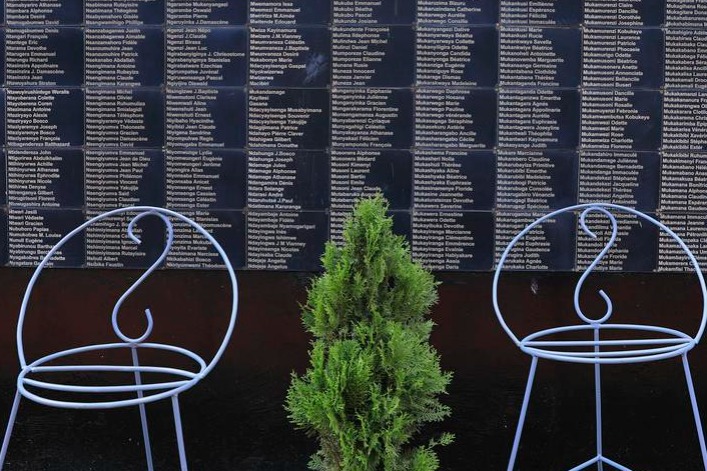New model turns universe's mysteries into child's play

My favorite quote from Albert Einstein came when a youngster once asked him what he did for a living.
He responded: "I'm trying to find out how God made the universe."
Models are the best way of making arcane science understandable to the widest possible audience. And it seems that everything is computer modeling these days.
News comes that a team at the University of Iowa - students of assistant professor of physics and astronomy Hai Fu, who did his undergraduate work at Nanjing University - has come up with a model that shows how gravity, one of the universe's deepest mysteries, works by literally playing in a sandbox.
"Over the past 13.7 billion years, galaxies including our Milky Way grew from tiny over densities in an essentially homogeneous universe to large ensembles of stars, gas, and dark matter," Fu writes on his web page. "The ultimate goal of extragalactic research is to understand the physical processes that control galaxy evolution."
And gravity is at the crux. Undergraduate students in the Department of Physics and Astronomy designed and built a sandbox where users can mold their own universe with sand and watch how gravity affects an object - a spacecraft or a comet, for example - as it travels through the imagined environment.
Fu introduced his idea in fall 2016 to the 10 sophomores, juniors and seniors enrolled in his two-semester course, Introduction to Astrophysics. He intended the project to complement what the students learned in his lectures.
He showed them an outline of the concept on a blackboard on the first day of class. Similar setups had already been used for geology and engineering, but advancing the concept to simulate intergalactic gravitational forces would be groundbreaking.
"It seemed impossible," recalls Sadie Moore, a senior physics and astronomy major. "The idea was awe-inspiring."
The students split into three teams and got to work.
One team concentrated on designing and engineering a structure that could hold 200 pounds of sand. They cut wood for the base in the department's machine shop, assembled an overhead stand for the projector and built a sliding cabinet to house computers and cables.
A second team focused on devising an algorithm to compute the gravity exerted on a projected object as it "traveled" over the shifting topography of the sand's surface. The students developed software to calculate and calibrate the object's orbit to changes made in the sandbox environment. The team reduced the response time to a user's command from three minutes to less than a second.
"There's that moment of recognition that what you've been working on has actually paid off in a finished product," said Sophie Deam, another senior physics and astronomy major.
The third team was charged with creating an interface for what they dubbed Gravbox. On a touchpad mounted to the sandbox, users choose the object they want to travel in their universe, draw an arrow to start the object's journey, and then watch on an overhead monitor and in the sandbox how the landscape they create in the sand - the imaginary space environment - alters the object's orbit.
"It's tap and go," said team member Erin Maier.
A video of a demonstration on the school's website shows operators reaching into the box with both hands to push the sand around, gouging out pits or shoving aside mounds. All the while, projected on the sand's surface, a grid of lights shift colors and a small white "comet" alters its course along the contours.
The augmented-reality sandbox is the first interactive system of its kind to be used for astrophysics.
"I think it's unbelievable," says Fu, who won the $405,011 award from the National Science Foundation, as part of a broader NSF application to fund his research into what happens when galaxies collide. "The students built the whole thing from scratch."
Fu says the sandbox will be used to teach fundamental principles in physics, such as gravitational dynamics involved in the distribution of stars, the shapes and evolution of galaxies, and more.
The group is making its software publicly available and is creating a website with a tutorial for building the system.
"Now, shapes you normally don't see in nature you can simulate in the sandbox," said Zachary Luppen.
The biggest challenge, students said, was making sure the sandbox was useful and interesting for both children and adults.
What people of all ages will learn, the students hope, is basically the same.
"We hope we're bringing the cosmos to life," Moore says.
Einstein's young friend would be pleased.
Contact the writer at chrisdavis@chinadailyusa.com



































